Penstemon pseudospectabilis, Desert Penstemon
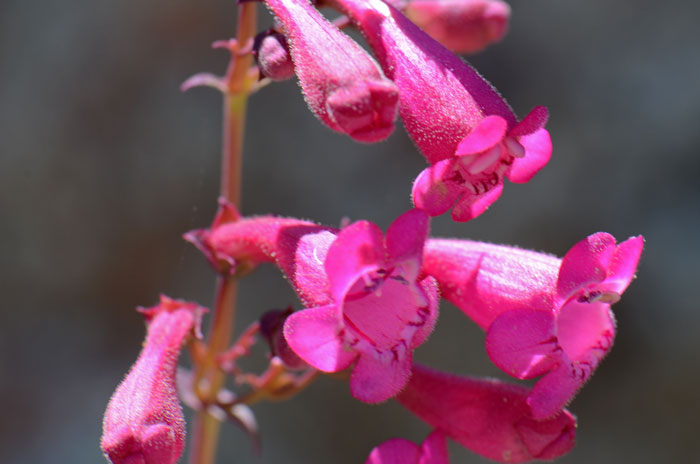
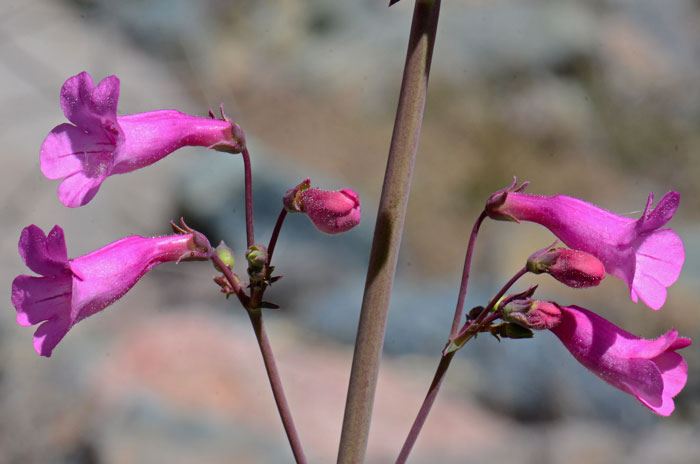
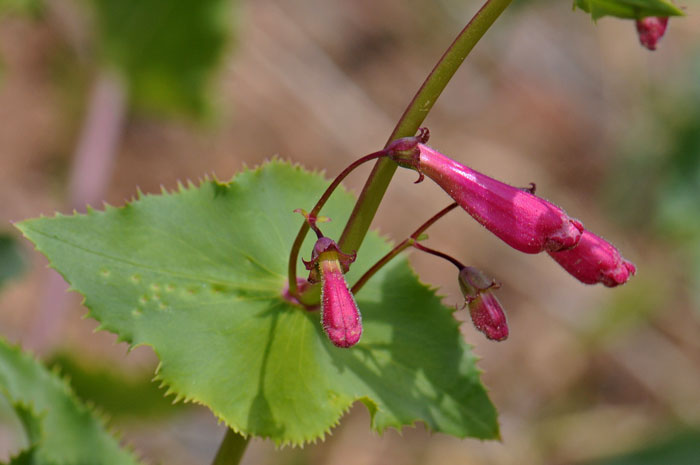
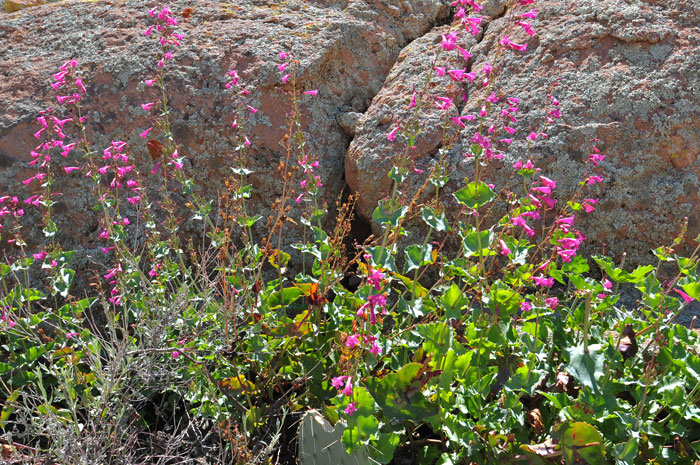
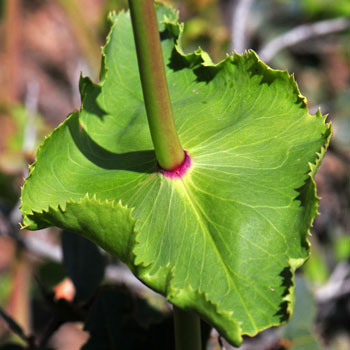
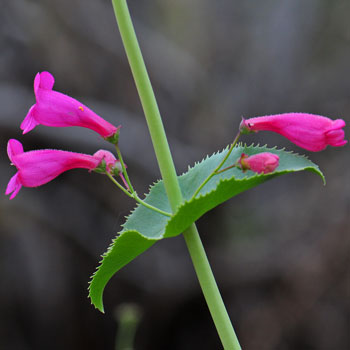
Scientific Name: Penstemon pseudospectabilis
Common Name: Desert Penstemon
Also Called: Canyon Beardtongue, Canyon Penstemon, Desert Beardtongue, Mohave Beardtongue, Mohave Penstemon, Rosy Desert Beardtongue, Rosy Desert Penstemon
Family: Scrophulariaceae, Figwort or Snapdragon Family - Moving to Plantaginaceae
Synonyms: ()
Status: Native
Duration: Perennial
Size: Up to 3 feet more or less.
Growth Form: Forb/herb, shrub, subshrub; young stems glabrous, glaucous, plants bushy with multiple erect stems.
Leaves: Green; leaves paired, large, reddish-green, evergreen, triangular-ovate; margins of upper leaves serrate, upper leaves connate, perfoliate.
Flower Color: Pink, deep pink, rose-purple; corolla bilabiate, corolla tube twice as long as calyx tube, calyx lobes mostly ovate.
Flowering Season: March to May and again in summer with sufficient rainfall; March to June in Texas.
Elevation: 2,000 to 7,000 feet, Arizona and Texas.
Habitat Preferences: Open areas, gravelly or rocky desert washes, canyons, creosote-bush and pinyon-juniper communities.
Recorded Range: Penstemon pseudospectabilis is found in the southwestern United States in; AZ, CA, NM, UT. It is also native to northwest Mexico. In Arizona it is found throughout most of the state in preferred habitats.
North America & US County Distribution Map for Penstemon pseudospectabilis.
U.S. Weed Information: No information available.
Invasive/Noxious Weed Information: No information available.
Wetland Indicator: No information available.
Threatened/Endangered Information: No information available.
In the Southwestern United States, Arizona there are 43 species of Penstemon, in California there are 55 species, Nevada has 50 species, New Mexico has 47 species, Texas has 24 species, Utah has 73 species. All data is approximate and subject to taxonomic changes.
There are 2 subsp. in Penstemon pseudospectabilis;
Penstemon pseudospectabilis subsp. connatifolius, Desert Beardtongue (AZ, NM);
Penstemon pseudospectabilis subsp. pseudospectabilis, Desert Beardtongue (AZ, CA, UT).
Comments: In its natural setting, Desert Penstemon is often misidentified as Parry's Penstemon, Penstemon parryi. The type species of Penstemon pseudospectabilis is from near Chemehuevi, Mohave County, AZ; (Jones in 1903) The bright pink flowers of Desert Penstemon readily attract hummingbirds.

